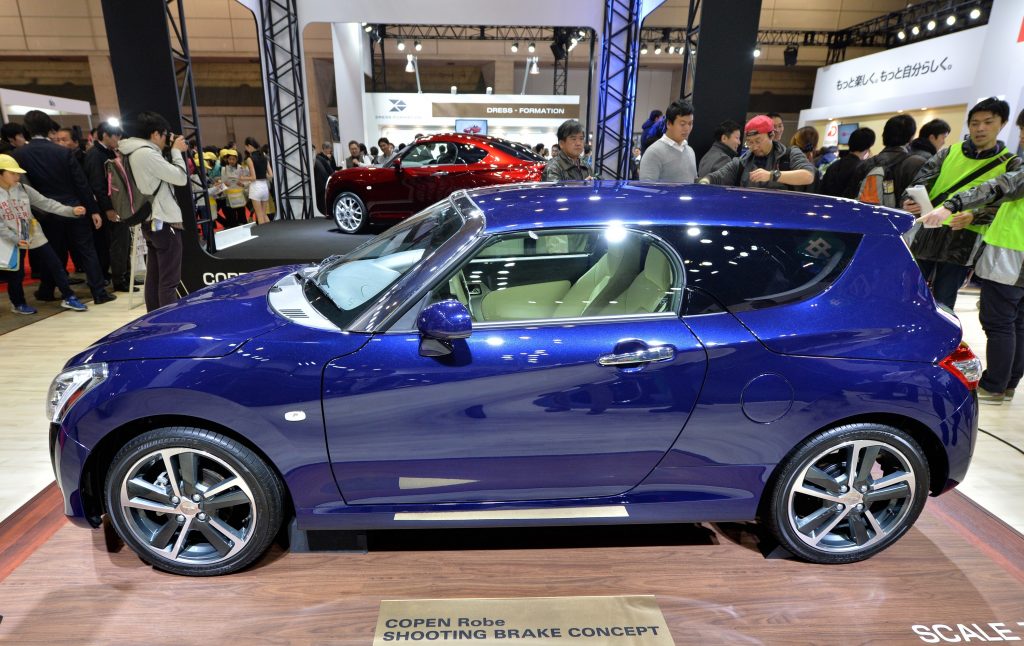
- ARAB NEWS
- 25 Apr 2024

Tokyo
Japanese automakers are upgrading their safety technologies, in response to a series of tragic road accidents.
In September, Nissan Motor Co. released a new premium Skyline sports sedan equipped with a driver assistance system that enables hands-off driving on expressways while cruising in a single lane.
The system is “much more reliable than your driving,” Asako Hoshino, executive vice president of Nissan, said as she unveiled the Skyline model before reporters.
First, the driver sets the destination in the navigation system, creating a predetermined travel route, according to Nissan.
Although the driver needs to keep watch on conditions around the vehicle, the system allows the car to travel on the route at a preset speed until reaching the predefined expressway exit, freeing the driver from operating the accelerator or brakes.
When the car passes a slower vehicle, the system judges the appropriate time for switching lanes and passing. The driver is then prompted to put both hands on the steering wheel and confirm the start of the operation with a switch.
The system is designed to enable “stress-free driving,” using the accumulated driving data of skilled drivers, said a Nissan engineer involved in its development. It is therefore expected to reduce fatigue on long-distance journeys on expressways.
In addition, the system has an infrared monitoring camera in the cabin to confirm continuously that the driver maintains concentration on the road without nodding off. If the driver fails to respond to an alert while driving, the system turns on the hazard lights and reduces the vehicle's speed until it comes to a stop.
The new Skyline “is packed with safety technologies,” Hoshino said. New vehicles increasingly have as standard automatic decelerators that act when the driver mistakenly steps on the accelerator instead of the brake pedal.
But new vehicles account for less than 10 percent of all automobiles sold in Japan each year, and many older vehicles are not equipped with such a safety device. Akio Toyoda, chairman of Toyota Motor Corp. and head of the Japan Automobile Manufacturers Association, said, “Measures for existing vehicles must be taken to ensure safety.”
Toyota and subsidiary Daihatsu Motor Co. have released safety devices for installation in existing vehicles to prevent accidents resulting from mistaken pedal use.
In a related development, the Ministry of Land, Infrastructure, Transport and Tourism called for eight passenger car makers in July to take measures to prevent such accidents.
A device released by Daihatsu last year features sensors on the front and rear of a vehicle to detect obstacles. If the driver hits the gas more strongly than necessary, it shows a warning sign on the display mounted near the speedometer and curbs acceleration.
Daihatsu offers the device at the 30,000-yen level, making it “affordable to many people,” said Soichiro Okudaira, president of the company.
Honda Motor Co. and other automakers are developing similar safety devices for possible release next summer or later. Local governments are starting to encourage the installation of safety devices in existing vehicles.
In July, for example, the Tokyo metropolitan government launched a subsidy program to cover up to 90 percent of the cost if drivers aged 70 or older install devices in their vehicles to prevent them from accidentally stepping on the gas pedal. The Hyogo and Tokushima prefectural governments are looking at similar financial aid programs.
Jiji Press